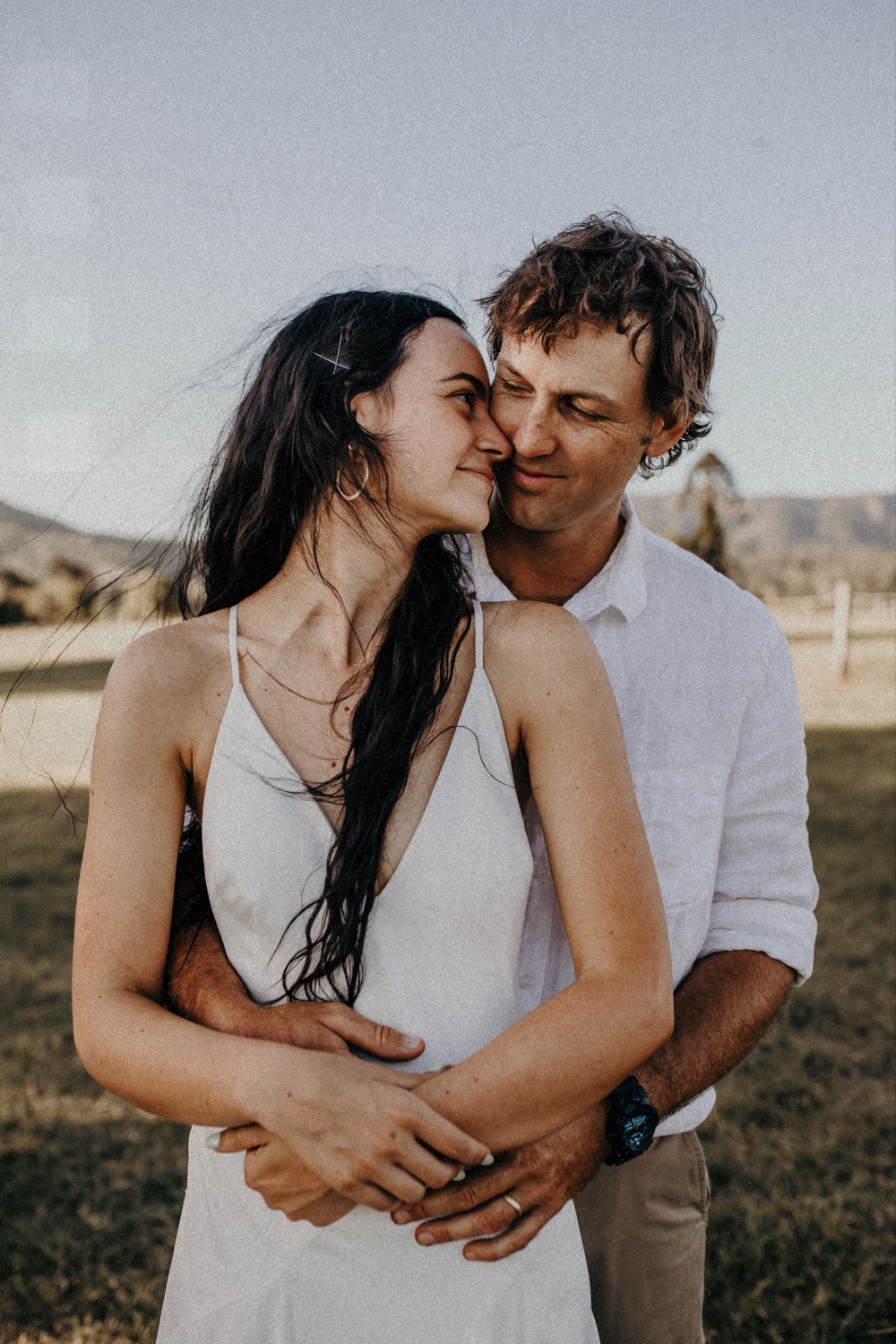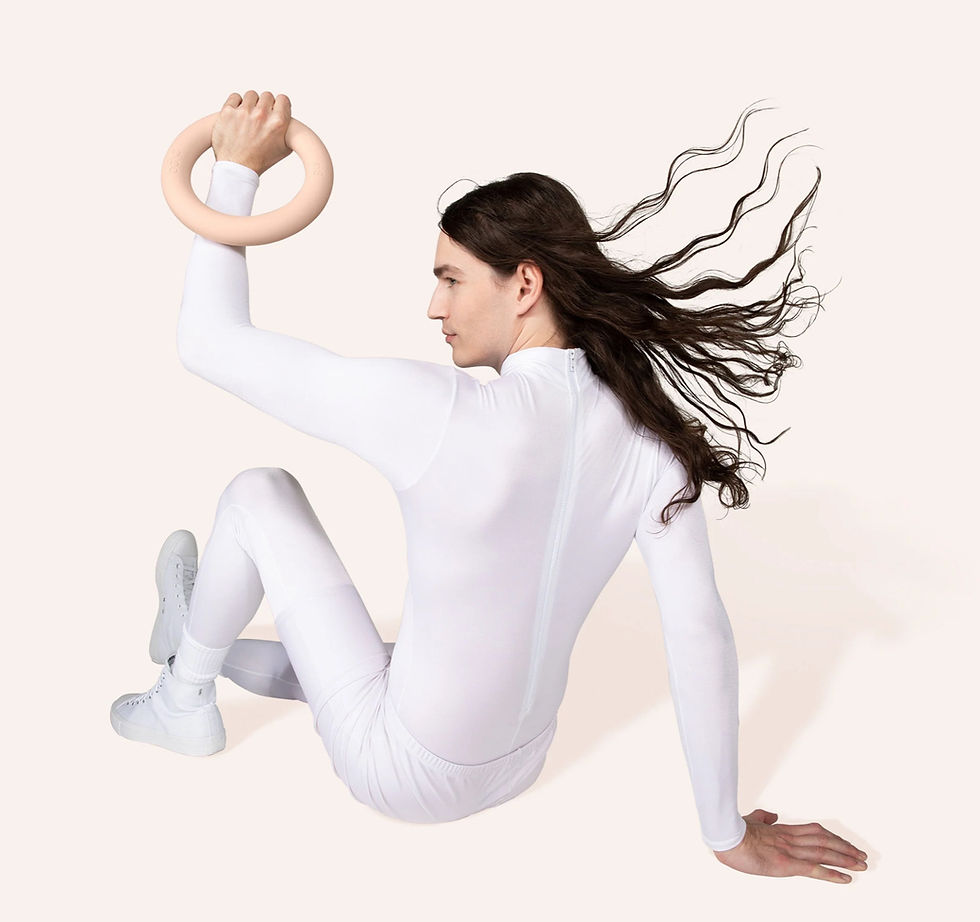Tonight I taught a *complicated* class and it taught me a lot about my communication.
- Alexa Young

- Jun 7, 2024
- 3 min read
I love my Thursday 5:30pm class. It's the only class I teach at this studio of 8 reformers and we do a combination of mat work and reformer. Some weeks we start on the mat and prep for challenging reformer exercises, other weeks we start on the reformer and prep for challenging mat exercises. This week I'd planned out a mat to reformer progression.
We started with a mat warm up of big movements. Big ranges of motion like squats, 90/90 lunges, arabesque, roll downs that walk to plank etc. The goal was to get the body warm and ready for what ended up being a class full of micro movements.
I spent the class heavily cueing proprioception and internal nuances. I don't think I stopped talking the entire time. Here's what it taught me about about my communication.
For context, I'm an enneagram type 9. All you need to know about this is that we are peace keepers. Not because we're obsessed with peace but much more out of an avoidance of conflict. This, combined with being relatively new to the industry, would mean that my teaching style quickly shaped into one that was heavily focused on client's autonomy. It allowed them to decide for the themselves what felt good and what they wanted to do at any given time. I don't retrospectively disagree with this approach , I think it allowed people to feel very in control of their practice. The more I've taught though, the more I've realized that the magic of Pilates is so teacher-led that sometimes allowing for ultimate autonomy does a disservice to clients. They don't come to your classes for a guided workout, but to learn from you. This was top of mind while I was teaching tonight.
The first exercise we did on the reformer was footwork, followed by bridges and then back to some single leg foot work. In the single leg portion of the class, we did a series that required a lot of control and concentration to follow. Small, controlled ranges of motion that we added static holds to. As I was communicating this flow of movement, I felt so proud of how far my communication had come. Here's what I cued:
"Take both heels onto your foot bar, hip distance apart. Anchor through the tailbone and press the carriage all the way out - hold. From here float you left leg to table top, kept the right leg long. We're going to start here with just extending the left leg out to 45 degrees, then back to table top. Use this first layer to become more aware of where your knee is in space. Move from your knee, not your foot. Extend the leg long, then gently pull it back to table top, holding when the knee is directly over the hip."
"Next time you left leg is in table top, hold. We 're now going to add some movement into the right leg. As you bend the right knee, draw the carriage in halfway, hold. Extend the left leg to 45 degrees, lining up you thighs as you hold. Breathe in here, as you exhale, press long through the right leg and draw the left knee back to table top. Inhale to bend the right leg half way as you extend the left leg to meet it, hold. Exhale to press long through the right leg and draw the left knee back to table top."
We stayed here in different controlled layers before adding on single leg bridge and split bridge layers. As I'm reflecting, there's one big learning that stands out to me in how we can effectively cue complex exercises series. In a private session I would you use hands on cueing to help guide the client, but in a group class of 8, i heavily relied on repetition. Word for word repetition of the same instructions. This allowed the ladies to hear the same instructions multiple times and to refine their movements as they got a better feel for the exercise. It allowed space the first reps to feel messy, knowing they'd here the cues many more times, with time to refine what they where doing. The word for word element of the repetition feels like the key take away for me tonight. Say something so much that clients can hear it on repeat in their head as they're moving. As you can imagine, this doesn't leave a lot of time for other communication, so what you do choose to say should be simple, clear and short enough to repeat.
Try this next time you're teaching and let me know how it felt! Better? Worse? Indifferent?
Alexa x






Comments